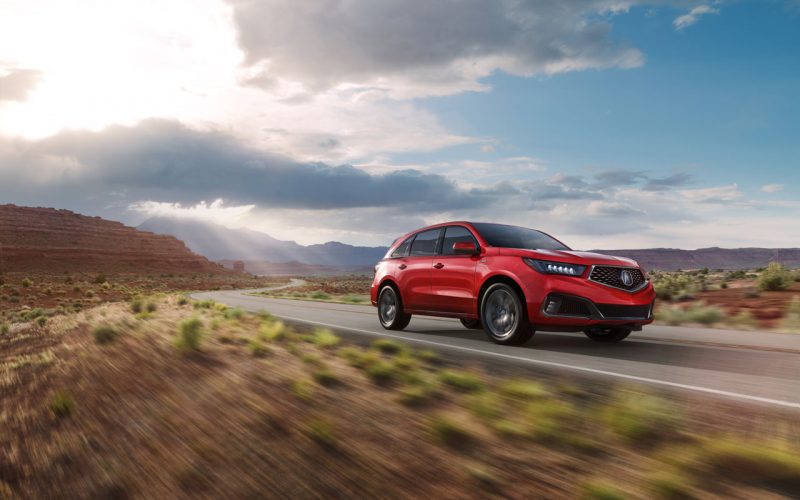
Reading Time: 3 minutesAcura has made a name for itself by producing cars and crossover SUVs that perform very
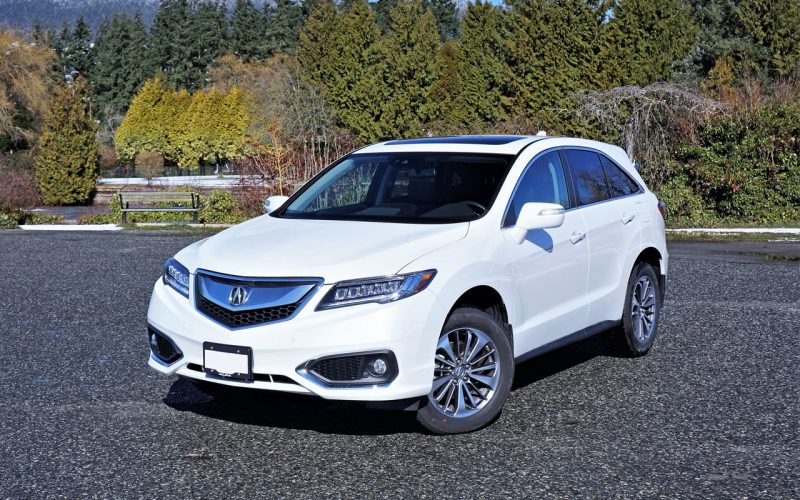
Reading Time: 9 minutesI want you to think about something for a moment. The RDX just passed six years
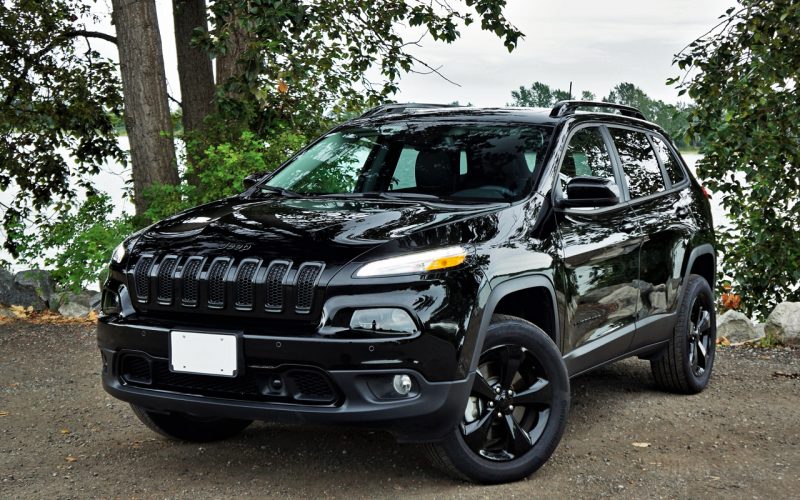
Reading Time: 11 minutesHave you noticed? Jeep has been harmonizing the look of its new lineup. It started with
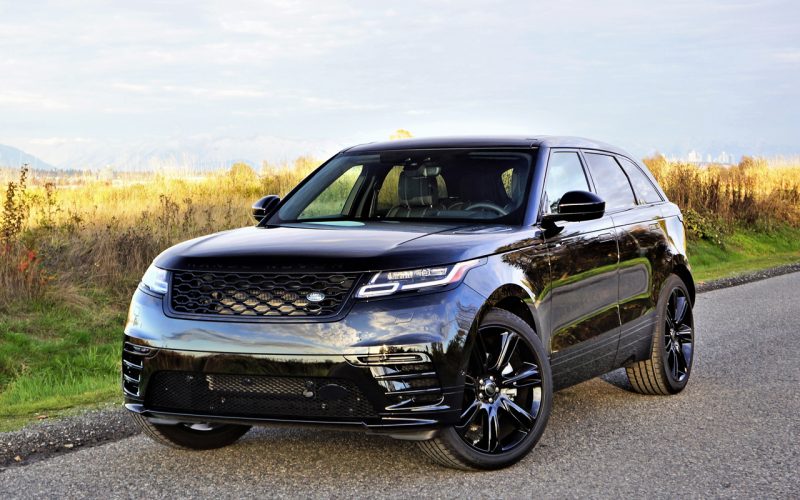
Reading Time: 12 minutesBritain’s Jaguar Land Rover (JLR) group is on an unprecedented growth curve, mostly due to an
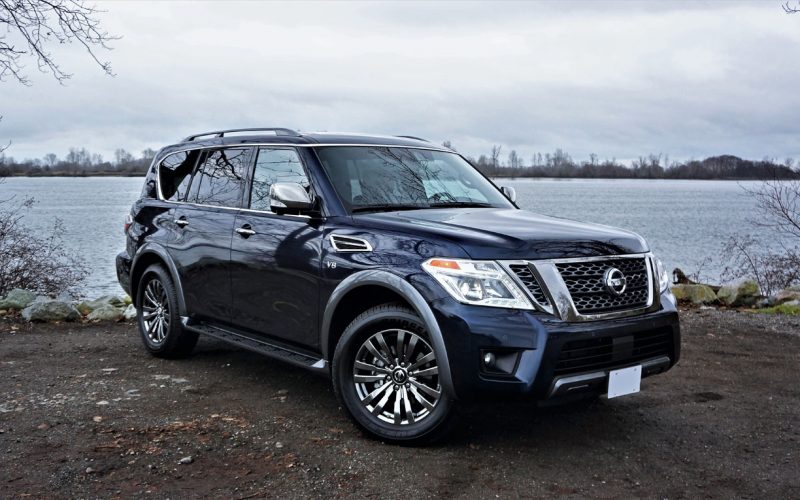
Reading Time: 10 minutesIf you’ve ever traveled to some of the less developed regions of the world, from parts
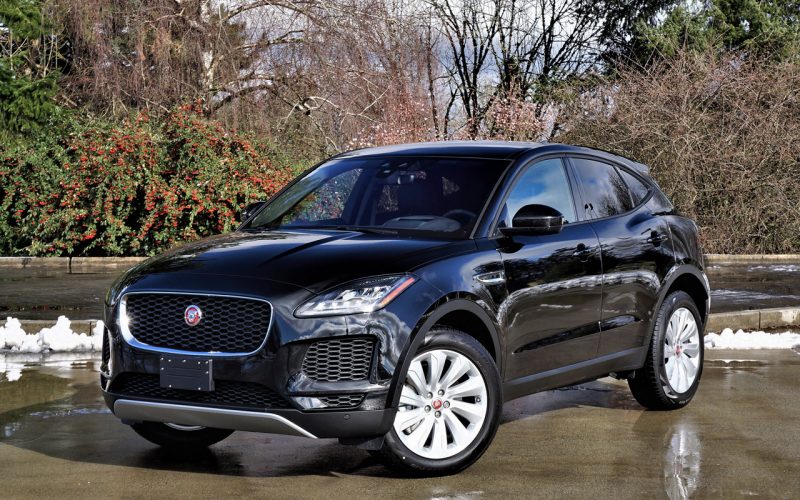
Reading Time: 11 minutesLet’s face it. Luxury brands that haven’t yet anted up to the subcompact SUV segment are
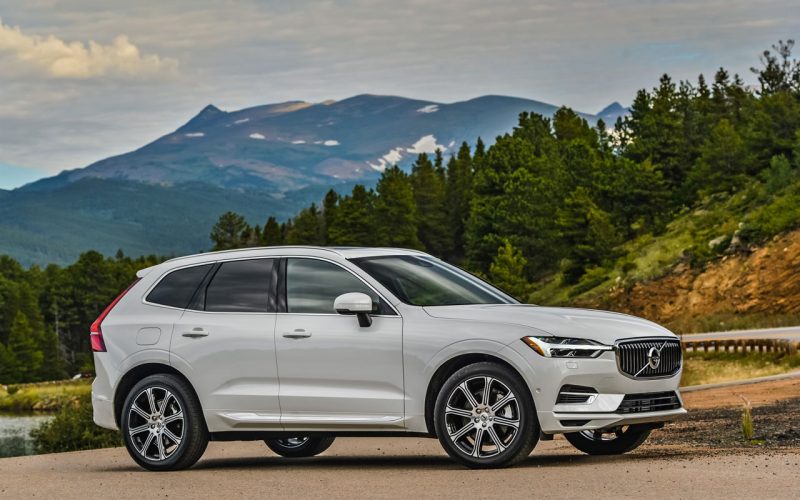
Reading Time: 6 minutesVolvo has become the darling of the North American Utility of the Year award program in
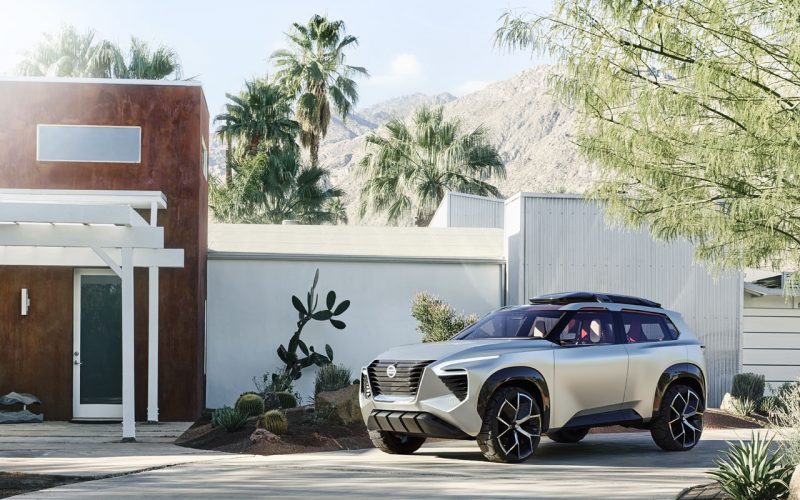
Reading Time: 7 minutesNormally when an automaker launches a rugged looking 4×4 they take photos of it tackling treacherous